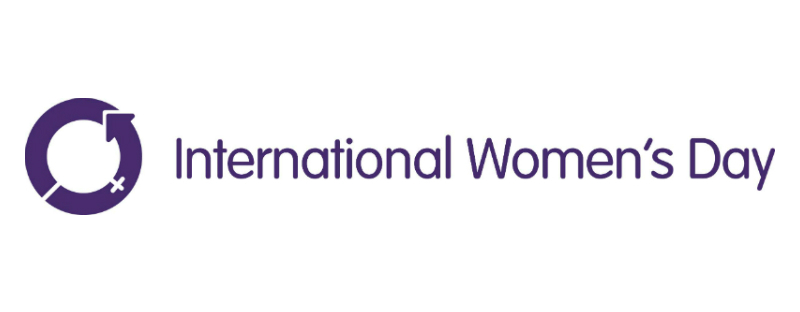International Women’s Day 2022 Blog: Women in STEM across our Faculty
As part of our SAgE Faculty International Women's Day celebrations this year, we asked some inspirational women in STEM to chat about their experience and how they hope to inspire future generations of women and girls.
4 March 2022
Dr Caroline Claisse, Innovation Fellow, Open Lab
What does it mean to be a woman in STEM?
I am a Post-doctoral Researcher at Open Lab in the School of Computing. My background is actually in arts and design, but since my postgraduate studies, I have been working at the crossroads of design and technology, in the interdisciplinary field of Human-Computer Interaction (HCI). I really love the research, even though it often pushes me outside of my comfort zone.
I have experienced Imposter Syndrome and low self-esteem at times and this has been compounded in the past two years by working remotely and feeling quite isolated. However, I am grateful to be surrounded by supportive and caring colleagues.
Open Lab is a very creative and supportive environment. I am continually inspired by the work of my fellow colleagues, who have drawn from feminist and care perspectives, to design supportive and inclusive technologies. Elements of our work, aspire to provide alternative approaches for thinking about the role of technology in society and how different groups and communities can be included in the design process, so new tools and services can have a real and meaningful impact on people’s lives.
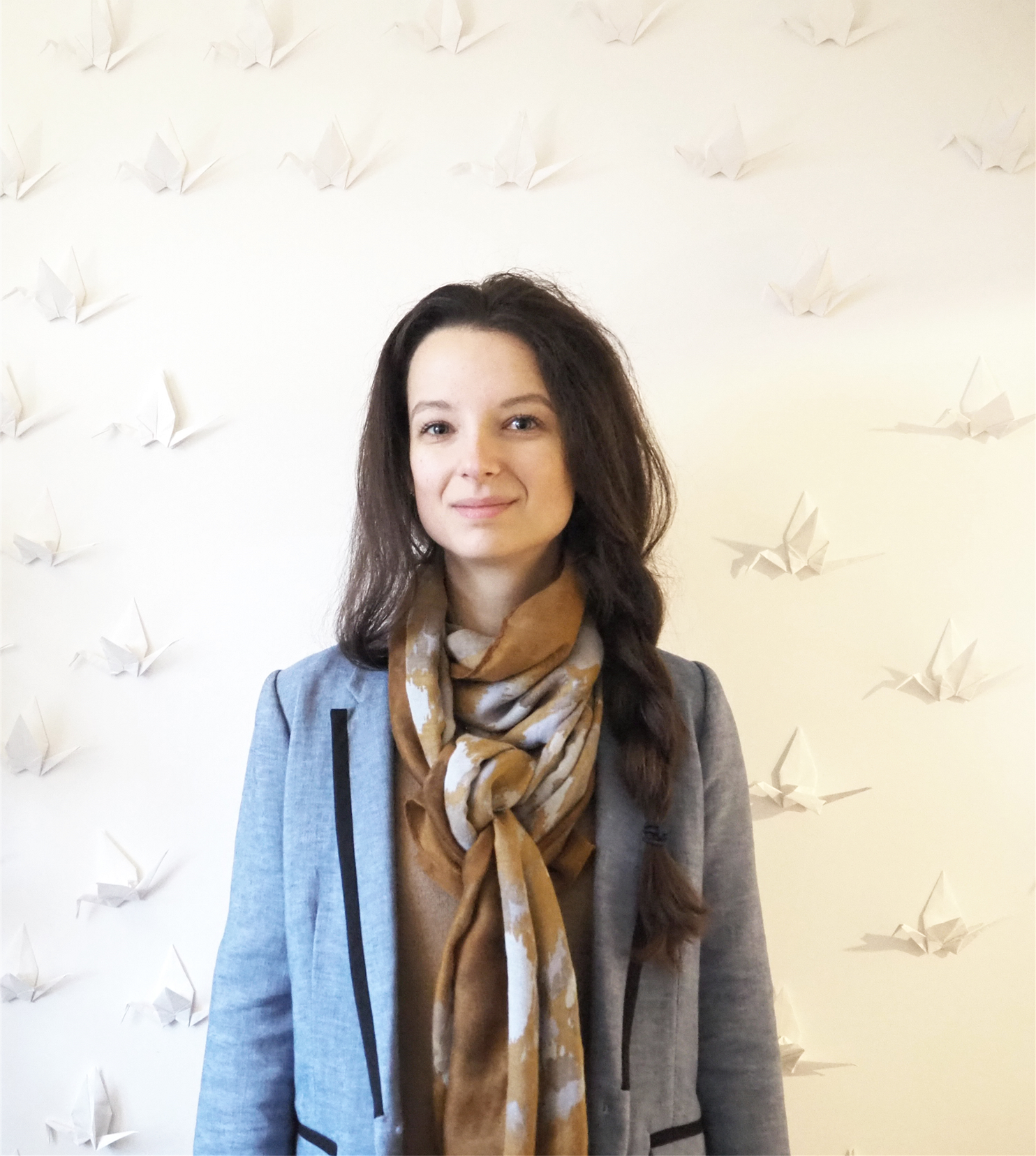
What first attracted you to your chosen STEM field?
I can say that I have enjoyed my journey so far, but it wasn’t straightforward. I don’t feel I chose a particular field to work in, but I am really grateful for where I have landed. Looking back, it feels like I was pulled in different directions by projects and collaborations, and I am lucky to have always had people around me, who have helped me find my way and build confidence in myself. The network I’ve built through this journey, is very precious and I want to cultivate and nurture it.
How has gender typically been represented in your area and how is that changing?
The first thing that comes to my mind, is the difference in opportunities with regards to career progression in academia, for example, towards Faculty position and professorial level. Things are changing, but there is still only a small number of women who become a professor in STEM fields. I also feel that career progression is often dependent on the choice women make in their personal life, for example, by choosing to have children or not. I hope things continue to change, so there is less pressure with managing work / life balance, so women in academia don’t have to compromise either their family life or career aspirations.
How do you feel you’re breaking gender biases in your area?
In relation to gender-based discrimination and inclusivity, there has been a lot of incredible work done by colleagues here at Open Lab and also by other design and HCI researchers, who have set the bar high. I am also inspired by the organisations and individuals I collaborate with for my research, their stories and initiatives continue to inform my work.
Recently, I have been researching the design of supportive and inclusive technology in digital health and wellbeing, and in peer-to-peer support contexts. Through this work, I have been able to engage individuals living with stigmatising long term conditions, like HIV and mental health. I feel really privileged to be working with their stories and want to use my research to contribute towards ‘illuminating’ their lived experience, bringing forth the voices of women and marginalised groups, that are unheard or dismissed.
Which other women inspire you and why?
My journey has been full of women who have inspired me and continue to do so in my life. I include my PhD supervisors in this (‘The Dream Team’), Professor Daniela Petrelli, Professor Luigina Ciolfi, and my colleague Professor Abigail Durrant, who are all incredible mentors.
I would like to share three of my favourite books I’ve read recently, which have been particularly inspiring for me at personal, academic and creative levels. ‘All About Love’ by Bell Hooks; ‘Living a Feminist Life’ by Sara Ahmed and ‘Data Feminism’ by Catherine D’Ignazio and Lauren F Klein.
Clair Roper, Senior Chemical and Biological Technician
What does it mean to be a woman in STEM?
I’ve never felt like a woman in STEM, rather a person or team member within STEM. I have never felt that gender has been a barrier or held me back.
What first attracted you to your chosen STEM field?
At school, I always found science interesting and practicals were always my favourite part of the lesson, taking a look at how things worked and why.
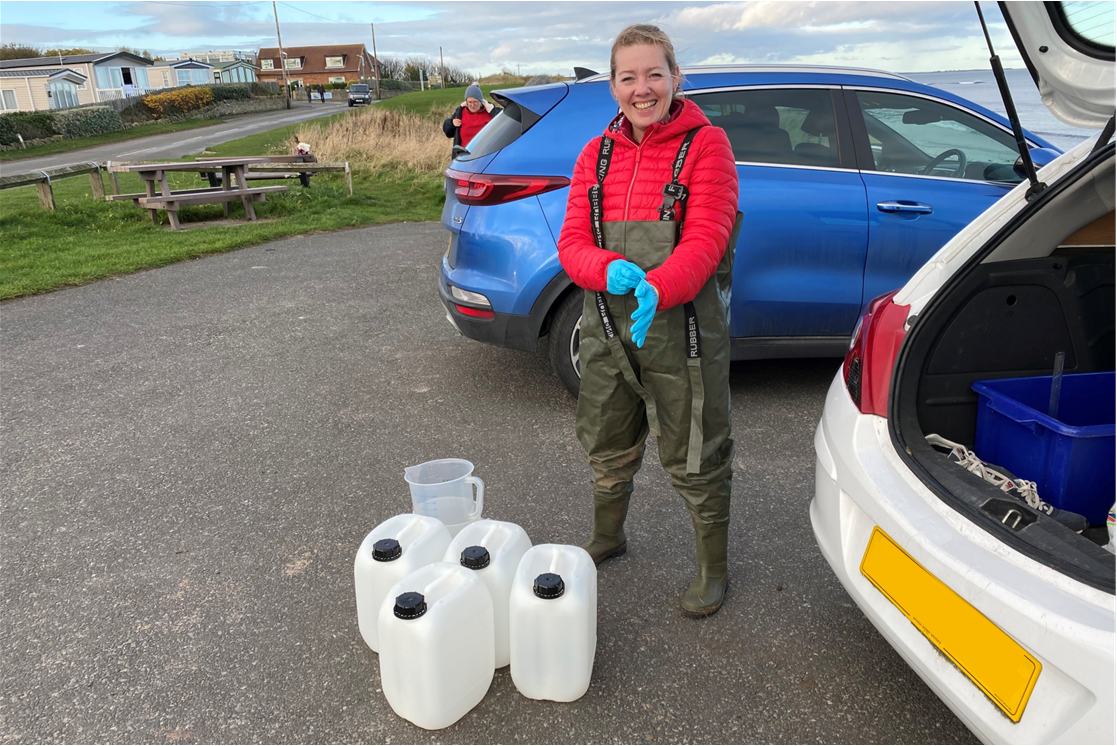
My chemistry teacher, Mr Thompson, always made the lessons fun and exciting and I think this is what attracted me to study chemistry. I always remember the potassium in water experiment and thinking ‘WOW’ that was brilliant, much more exciting than writing essays! I enjoy the ’puzzle’ of science, whether it’s stripping down an instrument to find out why it’s not working or finding unusual patterns in data and trying to figure out what the cause could be.
Being in STEM brings a variety to your day. You could be in the field taking samples, in the laboratory analysing samples, processing data or helping students with projects, all of which makes for an interesting career.
How has gender typically been represented in your area and how is that changing?
I have always found a good mix of men and women within the departments I have worked in, so luckily, I have never felt under-represented or undervalued.
How do you feel you’re breaking gender biases in your area?
I can honestly say I haven’t encountered any challenges with being a woman in STEM, either in education or the workplace. I’m not sure if I have just been lucky, but I have had some excellent mentors, who have been unbiased in their attitudes and have always encouraged and advised me throughout my career. Even after having my children and reducing my hours, I was never left feeling excluded from the workplace or that my contribution was any less valid.
Cora Uhlemann, Lecturer in Applied Mathematics & Theoretical Physics
What does it mean to be a woman in STEM?
As a woman in science, I get to experience first-hand that amazing discoveries can be realised by diverse teams. I investigate how today’s cosmic large-scale structure, grew from tiny seeds. Together we can make a big difference for pushing the frontier of human knowledge and inspiring the next generation.
What first attracted you to your chosen STEM field?
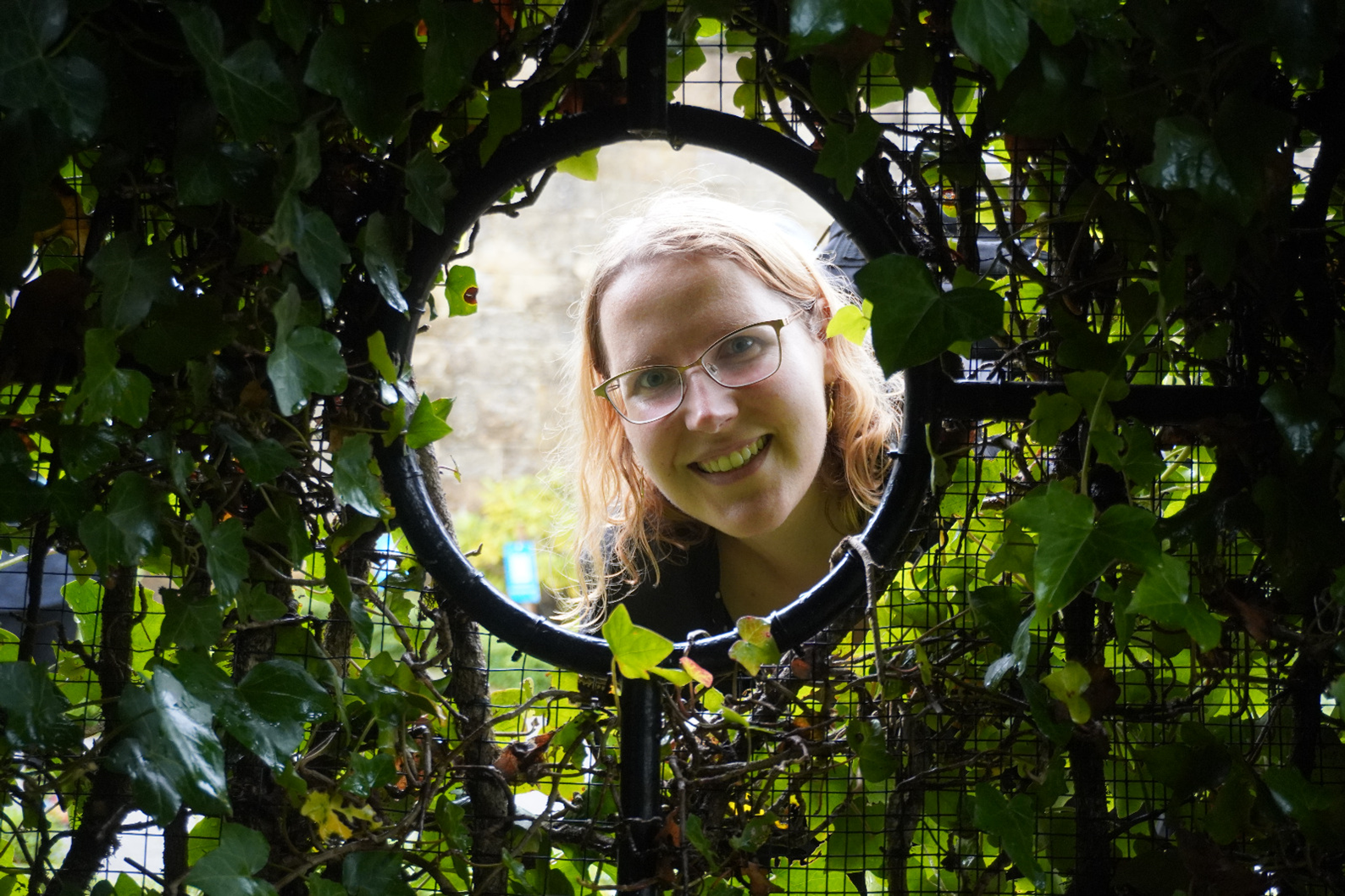
In physics at school, we had to give short presentations focused on power generation. My topic was fusion energy, which I found pretty cool. In my last year at school, I chose a project on deterministic chaos. This really inspired me to study maths and physics at university level. My mum, who studied physics, was a big role model for me, although she would have liked me to study engineering instead of theoretical physics.
How do you feel you’re breaking gender biases in your area?
I feel we can break gender biases by highlighting the vital roles currently played by gender minorities, listening to what holds them back and pushing for more equality, diversity and inclusion at the institutional level, which is the only way to close the gender pay gap.
At Newcastle University’s School of Mathematics, Statistics and Physics, in collaboration with our Transition Officers, Dr Paul Branch and Dr Kate Henderson and Clare Fearon, STEM Outreach Officer, I’ve just launched a pilot gender diversity postcard campaign to encourage more pupils to pursue STEM at university. Several gender minority students and staff at our school and beyond, volunteered to write Women in Science Postcards, which will be distributed to local pupils at upcoming events, including Space Day at the Great North Museum: Hancock, Girls in STEM MINT Day and AMSP’s Steps to University for Mathematical Students (SUMS).
Which other women inspire you and why?
I find Emmy Noether one of the most inspiring women in my field of theoretical physics. She discovered a striking connection between symmetries and conservation laws, that is a cornerstone of modern science. She persisted in a time when women were largely excluded from academic positions and made her mark despite the obstacles she faced.
Isaline Castan, PhD Candidate in Medicinal Chemistry
What does it mean to be a woman in STEM?
For me, being a woman in STEM means endless possibilities. I never considered my sex as a barrier to achieve what I wanted, on the contrary, I saw it as a strength. While society taught us the opposite, I always thought being a female in science was a gift, an opportunity to prove society wrong. Looking back in history, women didn’t even have a bank account, without their husband’s approval. Yet here I am, helping my research field, surrounded by fantastic, brilliant female scientists, isn’t it amazing?
I was lucky enough to have a very supportive family, which gave me an education that built my strong character and resilience. Don’t get me wrong, there have been difficulties and challenges, but I pride myself in setting the path and breaking stereotypes, with the hope that in 50 years’ time, we won’t be considered a minority anymore. We will shine through the scientific discoveries and advances those women allowed.
What first attracted you to your chosen STEM field?
Science always fascinated me. As a kid, I was genuinely curious about my environment. The fact that chemistry was everywhere, urged me to take that leap of faith.
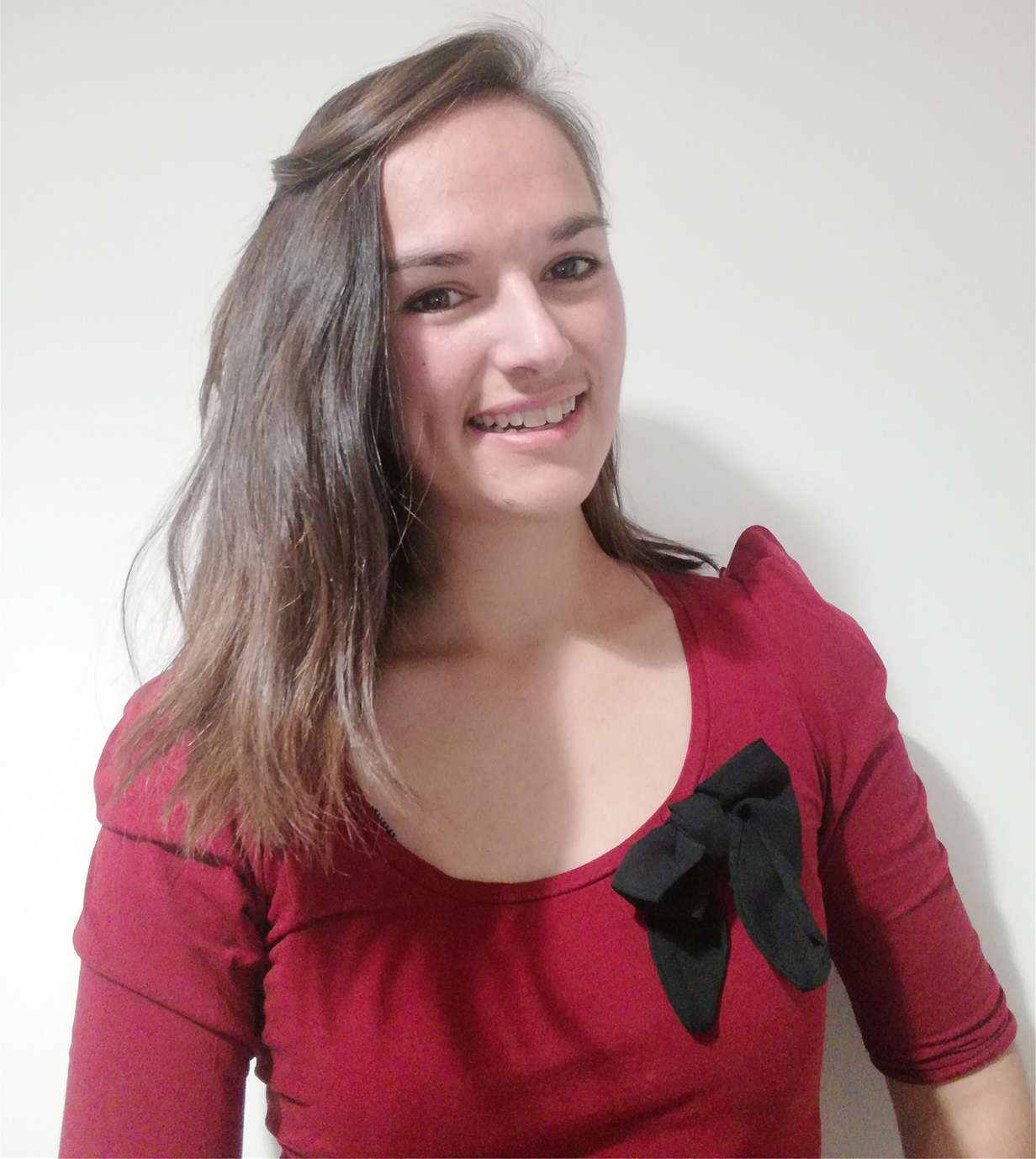
If it wasn’t for incredible mentors throughout my life, I wouldn’t have taken this step into the unknown. I remember I used to steal my mother’s biology kit and do my own little experiments. One time, I extracted banana DNA and was so proud to show the result to her screaming, “look this is banana’s DNA”, which obviously made her laugh.
I think what definitely convinced me, was my experience at the Broad Institute of MIT and Harvard in Boston, my supervisor Eric Stefan was, and is still today, one of the best managers I have ever had. He encouraged me to fulfil my full potential and always supported me and my endless curiosity. I can’t thank him enough, to have believed in me and always pushed me to apply for positions, I’d never think I was worthy of.
How has gender typically been represented in your area and how is that changing?
When I started my engineering degree in France, I was quite surprised at the number of women. People used to tell me “engineering, you will only be with nerdy guys, it sounds boring”. However, I was surrounded by very inspiring women throughout my degree, highlighting how, within a few years, society had evolved. I proudly graduated surrounded by the exact number of women I started with, who today have bright careers and inspire me on a daily basis.
Being a female engineer used to be so unique, but I think my generation, with the help of our predecessors, has led a tremendous shift in mindset and today, being a woman engineer is possible. It has its challenges, obviously, from stereotypes women are more inclined to experience sexism and discrimination, myself included, but society’s bias is changing. There’s still a lot of work to do, but I am hopeful for the future and very inspired by the incoming generations of female scientists.
How do you feel you’re breaking gender biases in your area?
Obviously, I am the EDI representative for postgraduate research students and I hold this close to heart. Having suffered in the past from discrimination based on my sex, I strongly defend my peers and bring their concerns forward. I break biases in my field by making people question themselves or their opinions. I firmly believe that people lack curiosity and struggle hearing one another and I pride myself in being the link in tough conversations. My approach is to start these difficult conversations as a way to break the bias. It’s easy to get comfortable in one’s habits, but it’s crucial that we realise our behaviour can have a strong impact on someone’s day / life.
Being a strong charactered woman in science is not common, and I hope to inspire future generations. Don’t listen to what others say about you, if they say you’re too loud, too bossy, too X or Y, it doesn’t matter. What matters is what you think of yourself and if you grasp this, you can do anything, literally anything.
Dr Kate Court, Research Software Engineer
What does it mean to be a woman in STEM?
I love my job, it’s varied, it challenges me and it’s very fulfilling. There are always opportunities to learn new things and come up with creative solutions. Working in STEM, particularly in a research environment, means I get to be involved in fascinating research and collaborate with inspiring researchers from across the University.
What first attracted you to your chosen STEM field?
I come from an arts background and, after finishing my PhD, worked in a number of short term teaching and research contracts. I was working on a research project with creative and digital businesses and this sparked the idea for me, that working with technology can be creative. I was also looking for a more defined career path and job security. I took the leap and retrained in software engineering, to give me the creative outlet I wanted, along with moving away from short term contracts.
How has gender typically been represented in your area and how is that changing?
Typically, software engineering has attracted more men than women, and it is still the case that more boys than girls choose to study computer science at school and university.
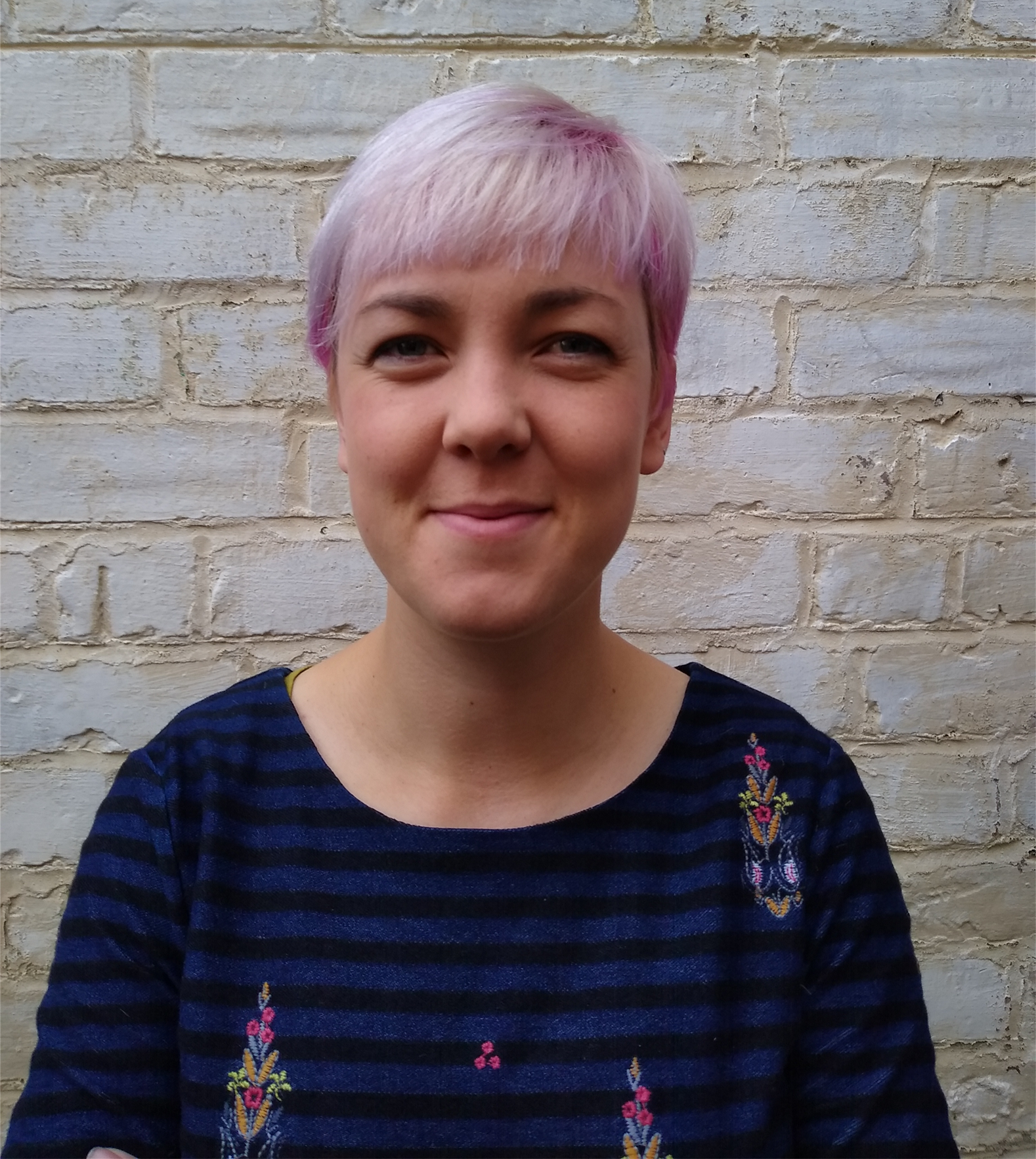
This has of course massively improved, but it is important to challenge the stereotype that a software developer is a man in a dark room by themselves, lit only by their computer screen, and only interacting with the pizza delivery guy. This really isn’t the reality!
How do you feel you’re breaking gender biases in your area?
I try and share that there are many different education and career pathways, which could bring someone into software engineering. My team is strengthened by having a wide breadth of experience and software specialisms. It’s good to promote how creative software engineering can be and that jobs exist in the field, which provide lots of social interaction and problem solving and are therefore open to everyone.
Which other women inspire you and why?
I’m inspired by Ava Lovelace, who lived in the early 19th century and is often referred to as the first computer programmer. Ada was a mathematician who worked with Charles Babbage, creator of the ‘analytical machine’, a mechanical calculator. It is debated whether she or Babbage actually wrote the first ‘programs’, but this seems irrelevant to me. What captures me about this woman is that, in a time when most children only received a rudimentary mathematical education, she not only grasped complex mathematics, but was on the cutting edge of what was possible. She grasped the analytical machine and the potential of computing technology, in a way few others did. My background as a researcher was in textiles, so I also love that programs for the analytical machine, were written using punch cards, the same technology used in jacquard weaving looms. It’s great to see technology and the arts fruitfully intersecting!
Lisa Deveaux-Robinson, Senior Chemical and Biological Technician
What does it mean to be a woman in STEM?
A feeling of immense pride! Working successfully in a previously male-dominated environment, is incredibly rewarding. Women are breaking stereotypical gender roles and their contributions are hugely significant. Rosalind Franklin, the British Scientist best known for her contributions in discovering the molecular structure of Deoxyribonucleic Acid (DNA), worked in an era where she undoubtedly faced sexism in the workplace.
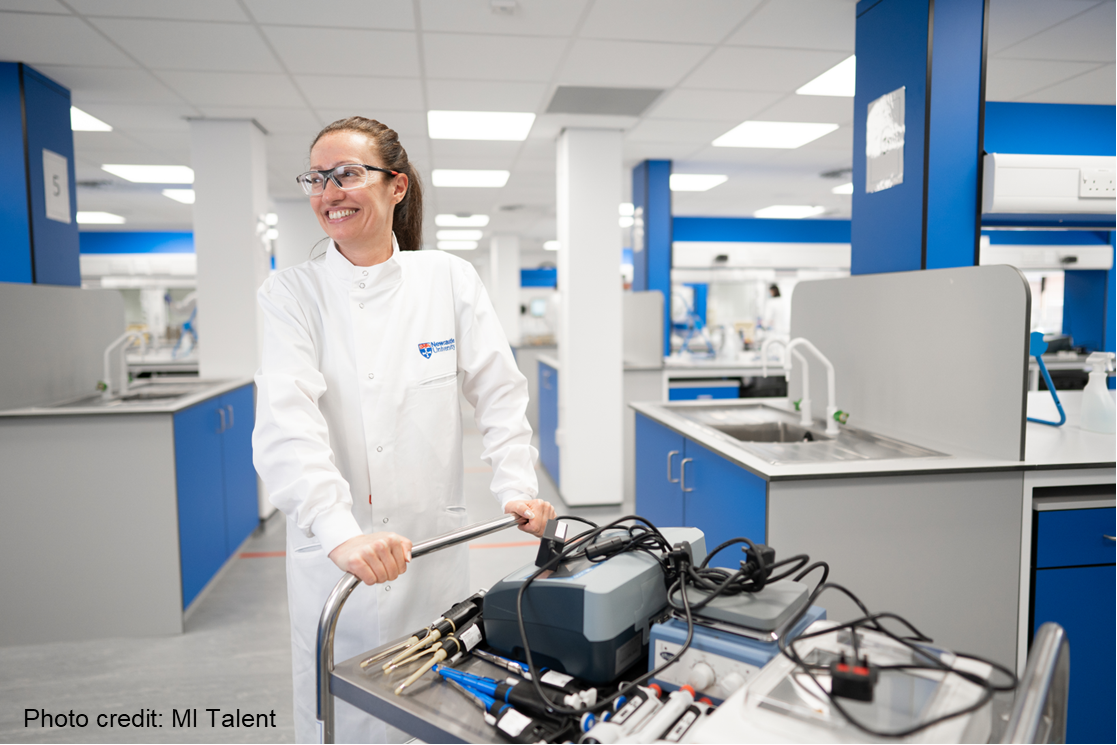
It’s hard to believe that, rather than listen to her as the seminar speaker, men found it acceptable to instead discuss her looks and how she was dressed! Rather than letting those prejudices define her, she simply worked harder and remained steadfastly focused on her work. Women scientists like Rosalind are continuing to change the world.
Professor Sarah Gilbert, the woman who co-created the Oxford-AstraZeneca Covid-19 vaccine, is another brilliant scientist. Her determination and single-mindedness, together with her no-nonsense approach, ensured success in the fight against coronavirus and she received global recognition for her outstanding contribution. These scientists, and so many more, have ensured their place in history and to know that I work within the same field as these incredible women, is so empowering and something which leaves me feeling energised, to keep going and never give up.
What first attracted you to your chosen STEM field?
This is probably the easiest question to answer…because I was told I couldn’t do it! When I was at school, science was never available to me. My learning was very specific and down the secretarial route I went. I always secretly marvelled at science, but didn’t have the confidence to express myself and I could certainly only dream of having a career in STEM. However, when our son was born, I went to work in my first school as a Science Technician and my world changed forever. I was encouraged to complete Lab NVQ qualifications and the joy of continuing professional development began in earnest.
When I joined Newcastle University, I was thrilled that my love of learning was recognised and supported. I currently manage the One Planet Teaching Lab, named the Houston Lab. It’s the University’s first ever, cross faculty shared teaching lab and it’s simply amazing. My role here is incredibly varied and requires a wide range of knowledge and skills from techniques to instrument usage. Operating and understanding analytical equipment has always fascinated me. As an operator, you are directly communicating with the computer, the analyser and gaining an understanding of how the equipment works and the process being undertaken. Anyone who knows me, will have heard me say before, “where I work and the field I work in, makes me the luckiest girl in the world”!
Which other women inspire you and why?
This is a hard question to answer, as there are just so many. My mother, who everyday keeps me grounded, cheers me on and instilled in me the importance of never giving up and always being the very best that I could be. My late grandmothers, both who lived during WW2 and showed incredible resilience during that dreadful time in history. My mentor in the first school, where I worked as a Science Technician, she was, and continues to be, incredibly influential. She gave me every opportunity to explore, embrace and develop within my role. She believed in me and pushed me when my confidence failed me and dared me to believe that my dreams could come true.
Preet Chandi, the British Army Medical Officer, who this year, became the first woman of colour to complete a solo expedition to the South Pole. She undoubtedly showed true grit, an enormous amount of determination, especially enduring temperatures of -50°C, and pushed boundaries that must have felt, at times, unattainable.
Last, but not least, is Kat Cordiner. She’s one of three British women, who smashed the world record for rowing across the Atlantic last month, knocking an astonishing seven days off the previous female trio record. What makes Kat’s journey so staggering, is that she did this whilst battling secondary ovarian cancer. This woman’s bravery is so humbling and her courage extraordinary. Each one of these women, is a truly phenomenal woman.
Sorry, you need JavaScript to view this video
